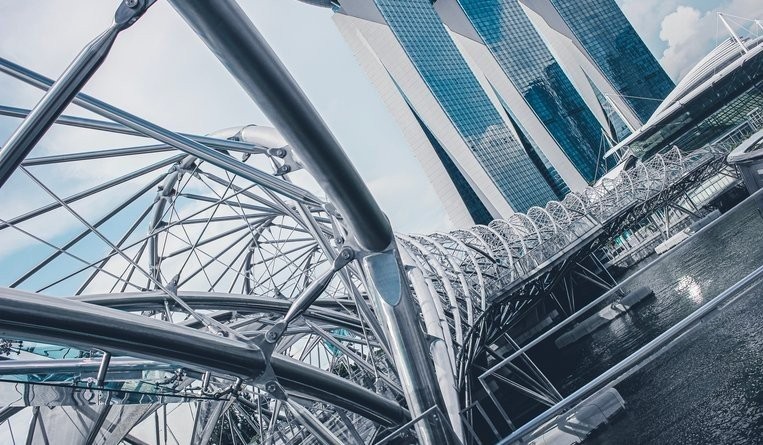Singapore accedes to Locarno Agreement on Industrial Designs
30 June 2020

On March 19, 2020, Singapore became the 58th member to join the Locarno Agreement, an international agreement on classification of industrial designs. The Locarno Agreement, also known as the Locarno Classification, is a multilateral treaty administered by the World Intellectual Property Organization (WIPO).
It will be recalled that Singapore deposited its instrument of accession to the Locarno Agreement with the WIPO on December 19, 2019, establishing an International Classification for Industrial Designs through its Permanent Representative of the Republic of Singapore to the World Trade Organization and the WIPO, Hung Seng Tan.
The Locarno Agreement establishes a classification for industrial designs into which goods that constitute the industrial designs belong. The Locarno Classification consists of a list of classes and subclasses, an alphabetical list of goods which constitutes industrial designs, with an indication of the classes and subclasses into which they fall, and some explanatory notes. All official documents and publications of industrial design deposits and registrations now bear design classification classes and subclasses.
Singapore’s accession to the Locarno Agreement is a welcomed development as the filing trend of industrial designs has been increasing upward in Singapore and worldwide. Industrial design applications doubled between 2007 and 2018 to reach 1.02 million according to the WIPO 2019 report. In Singapore, there had been a 16 percent increase in applications for international design registrations in 2019.
With this accession, applicants can now enjoy an international design system and protection for their industrial designs with established international standards and practices. Also, the design search process can now be conducted in a fast and easy manner using the industrial design classifications.
Singapore will now be able to participate in WIPO platforms that discuss developments of the Locarno Classification for the benefit of Singapore’s design community. It is envisaged that this new development in Singapore’s industrial design regime will see a growth in industrial design filings in the coming years and will pave way to a more efficient and applicant-friendly industrial design system in Singapore.








